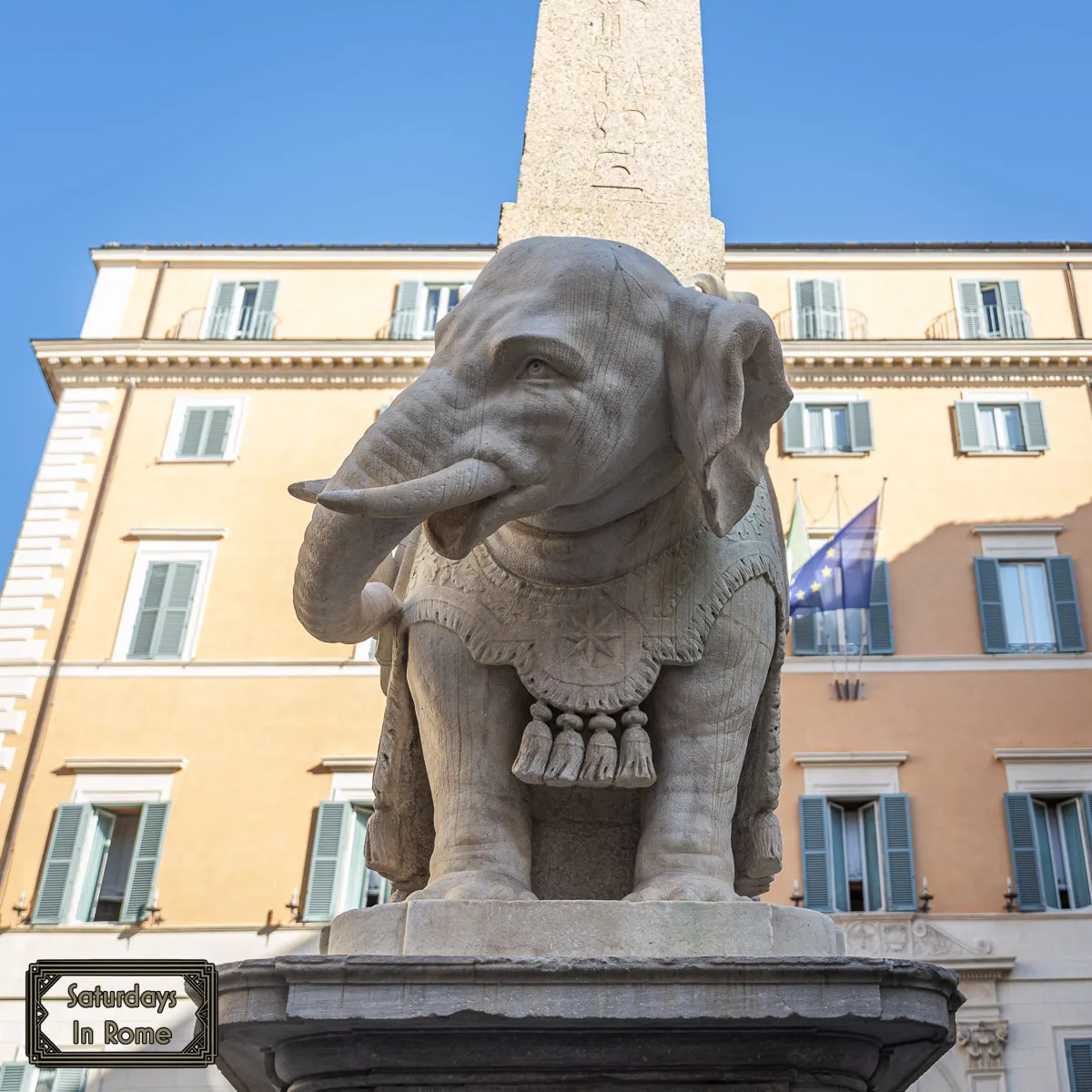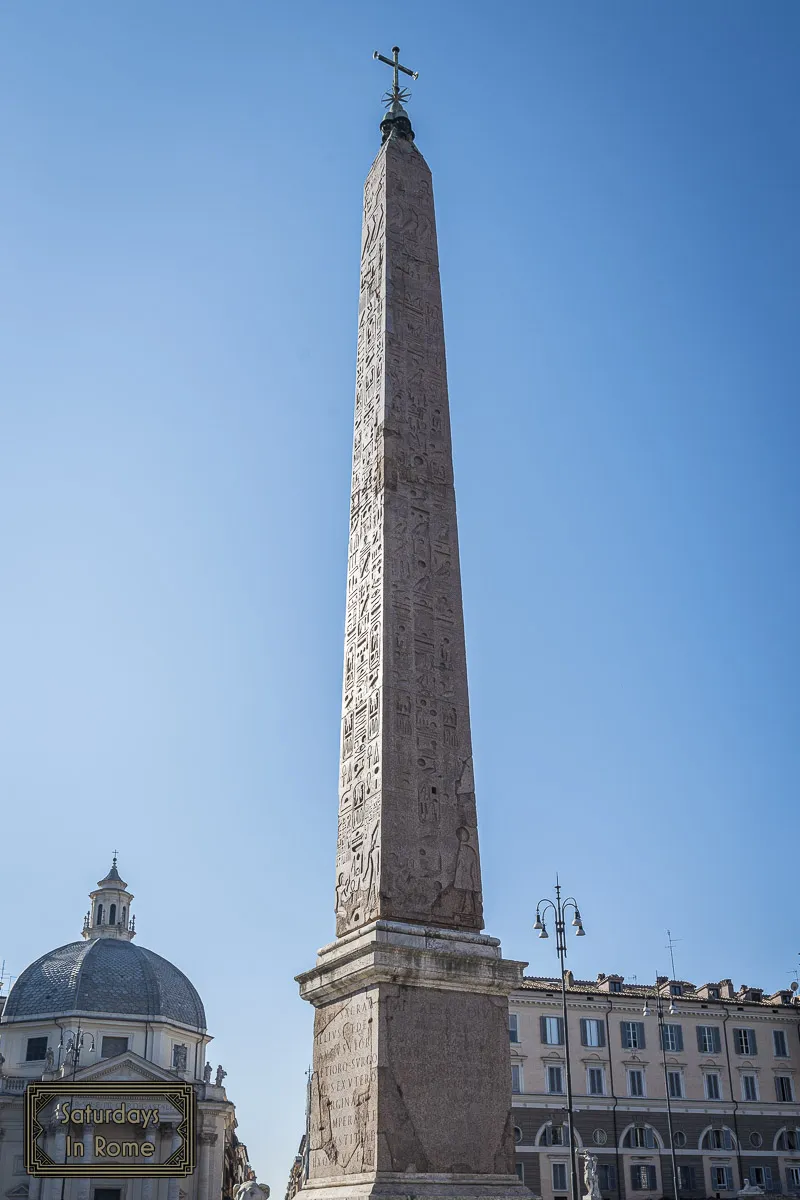The Ancient Egyptian Obelisks In Rome – Your Guide
Of the ancient Egyptian obelisks in Rome, my favorite is the Bernini elephant with the obelisk on its back at Sopra Minerva. What’s yours?

As you walk around any of the favorite Rome sites and Vatican City, you will probably notice the large number of obelisks that are ever present. There are more obelisks in Rome than anywhere else in the world, including Egypt, and you might have a few questions. You might wonder how they got here, if they are real and what they symbolize. Before we get into all that, why don’t we build the foundation of this discussion by defining what an obelisk is.
Need Help Planning?
- Cheap Flights: Find The Most Affordable Flights.
- Accommodations: From 1 to 5 Stars And More.
- Car Rentals: Affordable Travel Across Italy.
- Sightseeing Tours: Explore Some Amazing Tours.
- Buying An eSIM: Stay Connected In Italy.
This post includes affiliate links.
What Is An Obelisk?
An ancient Egyptian obelisk is a four-sided, tapered stone monument that is typically topped with a pyramid. These were built in Africa, with the largest number having been built in Egypt, but as we will discuss, Ethiopia gets into the obelisk business as well. They are typically adorned with hieroglyphics that would tell some story of triumph over one’s enemies, or to celebrate the Pharaohs that are currently in power.
Why Are There So Many Egyptian Obelisks In Rome?
There are a number of reasons why there are so many obelisks in Rome. They were used as celebrations of victorious battles and were offered as gifts to the leadership of a powerful country. Once they were acquired or built, they were used to decorate stadiums, churches, piazzas and even used as a sun-dial. They were used to show the vastness of the Roman Empire, and used more recently to evoke thoughts of past greatness and victories.

Are The Obelisks In Rome Real?
In general, the obelisks are real, but with some exceptions. We will get into the specifics below, but there are varying degrees of authenticity with these obelisks. For example, the Obelisk of Villa Celimontana is just over 8 feet tall, but it was built on a base of 40 feet, so when you are in its presence, it is remarkable, but look to see that the top section (8 feet) looks a little different than the rest. There are also obelisks, like that in Piazza Navona, that were carved out of Egyptian granite, but the hieroglyphs were added by Roman stonecutters.
What Is The Egyptian Obelisk Meaning?
By modern standards, these obelisks seem to be nothing more than symbolic of a phallus, but in their day they evoked celebration, victory, colonization and veneration.

They also provide some level of history when they have had hieroglyphics carved into them, but they certainly need to be taken with a grain of salt. As they say: “History is written by the victors”, so while some historical facts might be learned from these Egyptian obelisks, their objectivity is up for debate.
The Obelisk Of Axum
Given the modern perspective on colonization and looting of antiquities from Africa, you may wonder if there is a movement to repatriate these treasures back to their country of origin. It is widely written that Egypt has not asked for the return of their obelisks, but Ethiopia did in fact request the return of The Obelisk of Axum (Aksum).

Post World War II, there was an agreement in 1947 for Italy to return the obelisk (stele) to Ethiopia, which was looted by Mussolini’s forces as a spoil of war following Italy’s occupation of Ethiopia. The 78-foot-high obelisk was put on display between the Circus Maximus and the white headquarters of the United Nations Food and Agriculture Organization (FAO), but the first piece of the 1,700 year old granite obelisk was returned home to Ethiopia, 68 years after it was plundered.
The Obelisk At The Vatican
The 84 ft. (25.5 m) imposing obelisk on display when you enter Saint Peter’s Square is also known as the Vatican Obelisk because of its location and sometimes called Caligula’s Obelisk because in 37 AD Emperor Caligula brought it from Egypt and originally used it to decorate his Circus. It is the best known of Rome’s obelisks, but little is known of its origins in Egypt because it bears no hieroglyphics.

The original gilt ball atop the obelisk was believed to contain the ashes of Julius Caesar, but when the obelisk was moved, it was confirmed that the ball was solid and contains no ashes. It is now believed that the current top of the obelisk contains some remains of Jesus Christ, but we won’t know for sure until the obelisk is moved again.
The Lateran Obelisk In Rome
This is the oldest and tallest of Rome’s obelisks and it stands in front of Fontana’s Lateran Palace. It was another of Pope Sixtus V’s projects, with a height of 105 feet and weighs in at a svelte 400-tons. This obelisk, along with the Flaminio Obelisk, was dug up when Circus Maximus was excavated.
This is located in the square across from the Basilica of St. John Lateran, and near the Scala Sancta, which puts in one of the most important Roman catholic sites, outside of Vatican City. The obelisk is topped with a cross and the pedestal was decorated with inscriptions explaining its history.
The Esquilino Obelisk (Obelisco Esquilino)
Pope Sixtus V also had this 48-foot obelisk put behind the Basilica of Santa Maria Maggiore on the Esquiline Hill.

This piazza is an interesting location as it is used as a gathering place for parades and protests and frequently has what seem like homeless people camped out behind the basilica. The nearly 50 foot obelisk must not have been deemed tall enough because it was augmented with a large base and topped with a cross, bringing it to a height of more than 80 feet.
The Obelisk Flaminio (Obelisco Flaminio)
This is another obelisk that was resurrected by Pope Sixtus V which, like the Lateran Obelisk, was dug up in Circus Maximus during an excavation and relocated to a more prominent location. It is 79 feet high and was raised in the Piazza del Popolo, which at the time was the northern entrance to Rome.
More is known about this one due to its hieroglyphics, which extol the virtues of the Pharaohs Ramses II and his son Merneptah from the 13th century BC.
Learn More Hidden Gems In Rome
There are seven more obelisks in Rome to discuss, as well as many other hidden gems in Rome. Check out these posts:
- Egyptian Obelisks In Rome Need To Be On Your Itinerary.
- Egyptian Obelisks In Rome Part 2: All That You Need To Know.
- The Egyptian Pyramid In Rome Is Well Worth A Visit.






